Family units have always been shown on the small and big screens, depicting how diverse and different they can be. Families of all shapes and sizes have shown us what defines a family and the many dynamics they can take on.
Often, movies portray the dysfunctional families that will make you glad yours is nowhere near that. My first brush with this sort of family was “Home Alone” and “Home Alone 2: Lost in New York.” Kevin’s parents are arguably one of the worst parents depicted on film as they forget and leave their son stranded twice in a span of two years. Another example of a terrible father is Jack Torrance from Stanley Kubrick’s “The Shining.” Sure, Kevin’s father does nothing to find his son, but at least he doesn’t chase him down a snowy maze with an axe. While the “Home Alone” series and “The Shining” both portray negative paternal figures, they redeem the maternal figure in both stories.
While distracted and often in her own world, Kevin’s mother goes out of her way to save her son in both movies. While passive and submissive at first, Wendy’s maternal instincts from “The Shining” go into overdrive when her husband has a psychotic breakdown and threatens to kill her and her son. Both of these movies show the influence of the maternal figure in families, contrasting the stereotypes of the nurturing mother to the indifferent father figure. Nevertheless, both child protagonists are forced to mature and fend for themselves, whether through elaborate booby traps or subtle diversion techniques, only to be welcomed by their mothers once the danger is over. Dysfunctional families teach us that while fathers may be uninterested in their children, mothers — at times, neglectful and passive — often redeem themselves in the end.
Next, we have movies that teach us about the power of unity and togetherness. Some examples of these close-knit families are seen in “The Incredibles,” “The Pursuit of Happyness,” and — of course — “The Godfather.” These movies restore our hope from the previous movies, teaching us that by enduring adversity and pain, there are always people to rely on.
“The Incredibles” teaches us about the power in numbers, and the change that can come about with a loving team. “The Pursuit of Happyness” tugs at our heartstrings, showing the audience the power of love, sacrifice and human spirit. The core message from “The Godfather” is remaining true to family, even if it means killing off your brother-in-law if he’s a jerk to your sister or delving into the world of crime to save your family. One of the movie’s most iconic lines is: “A man who doesn’t spend time with his family can never be a real man.” In these three movies, emphasis is placed on male figures. While they hold true to traditional gender roles of men as providers, there is a break from this stereotype as they value the unity of family — a traditionally more feminine quality. In these cases, what makes a man a real man is not dependency on income or physical prowess, but rather being able to attend to the wellbeing of the family unit.
Finally, we have the non-traditional or unconventional familial arrangement. In “Mrs. Doubtfire” and “Kramer vs. Kramer” both mothers and fathers deal with divorce, resulting in an uncomfortable situation for them and their children. In “Lilo & Stitch,” Lilo lives with her older sister who looks after her as if she were her daughter. In all three cases, it comes down to accepting each other’s flaws. The children learn that their parental figures — usually held on a pedestal — are also imperfect beings capable of making wrong decisions. However, these movies also emphasize putting others before yourself. While divorced, “Mrs. Doubtfire” and “Kramer vs. Kramer” show how divorced couples can be amicable for the sake of their children. Additionally, Lilo’s sister works hard to provide emotional and financial support for her sister, finding any possible way for her sister to stay with her as opposed to being put in foster care. Lilo’s sister also goes out of her way to keep her sister’s best friend and pet, Stitch, a part of their small family. These untraditional portrayals make the audience wonder what truly defines a family — is it solely based on marriage and their children, or does it go beyond blood relations? Is a family no longer a family after a divorce, or does it merely take a different form? With these films, we learn that a real family is based on caring for each other, putting others first and accepting them, flaws and all.
Through the power of film, different versions of family units are able to be molded into lessons that audience can take away. Regardless of how diverse these depictions may seem, all of these movies show how families provide support and love in a way no other bond can.





























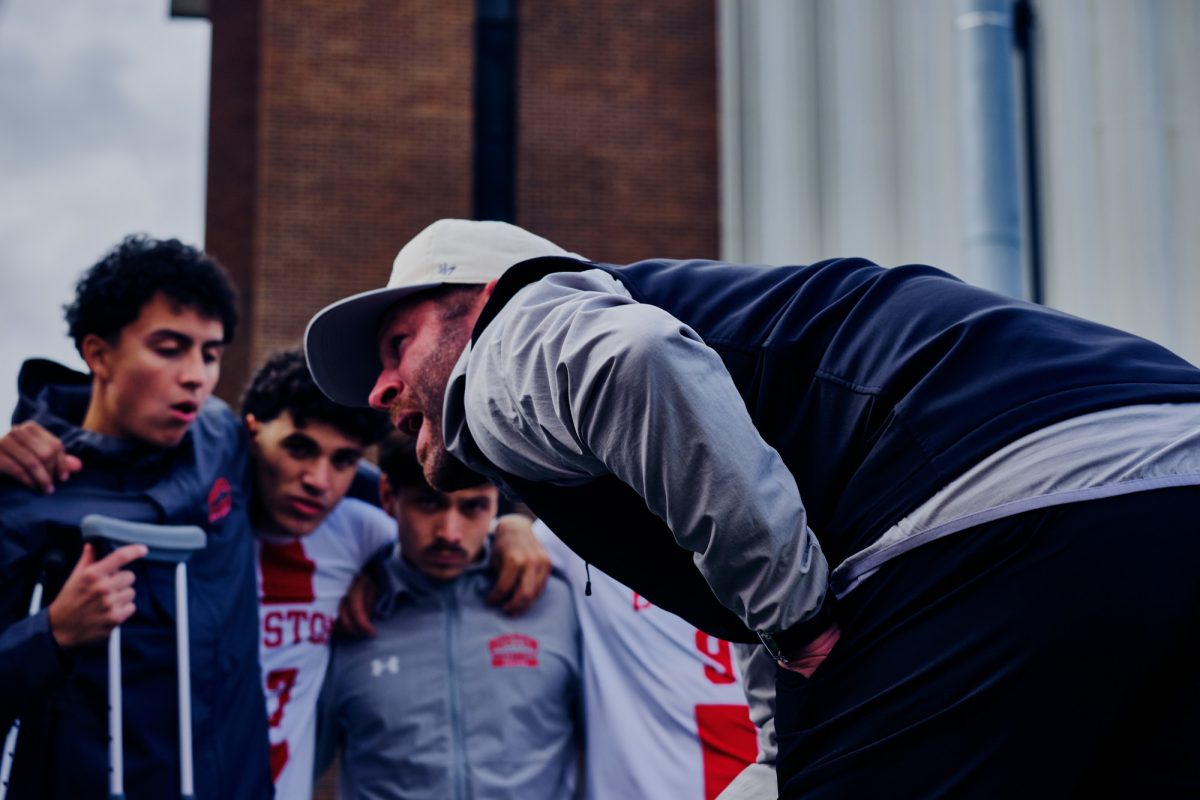
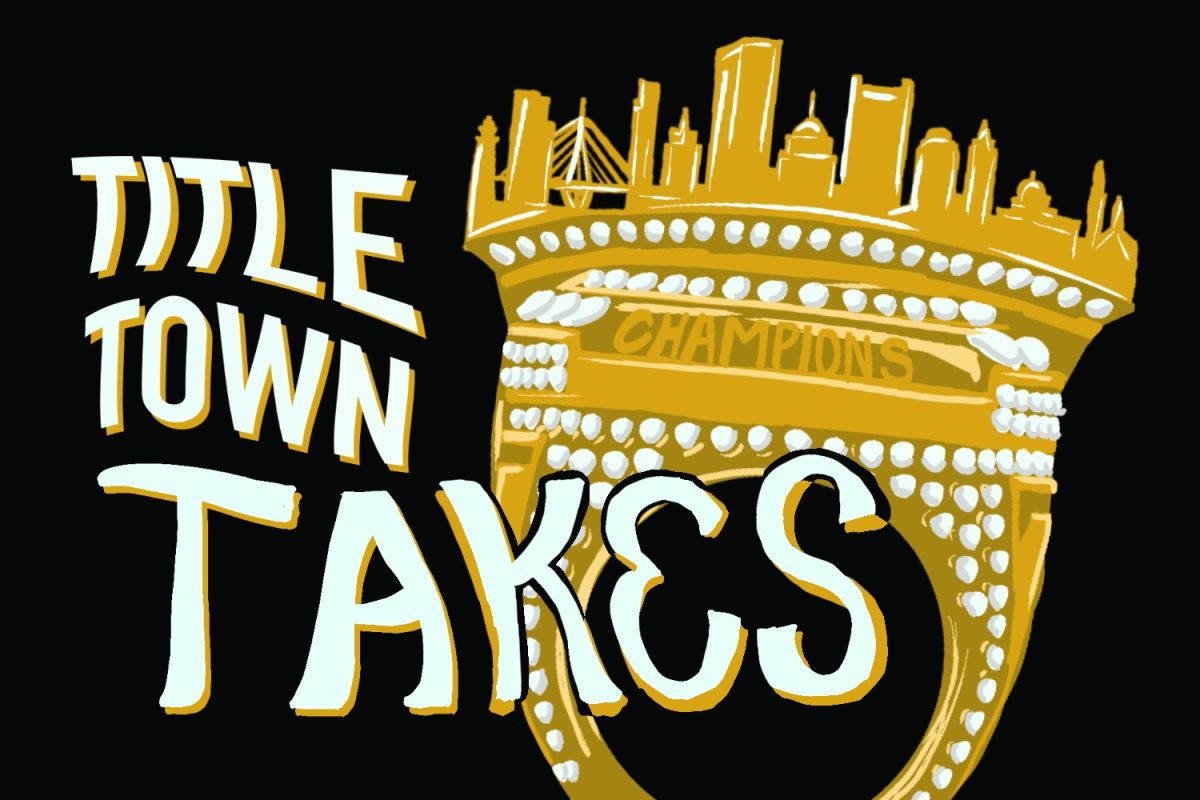










































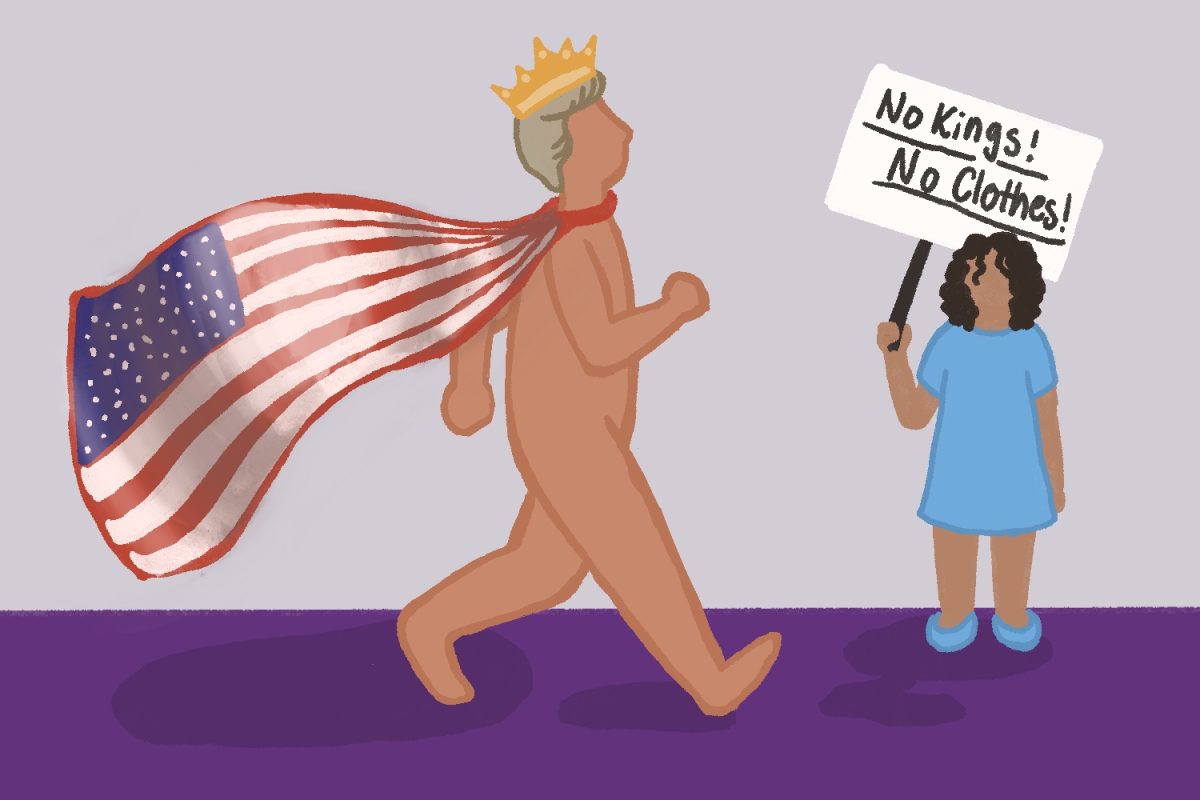

















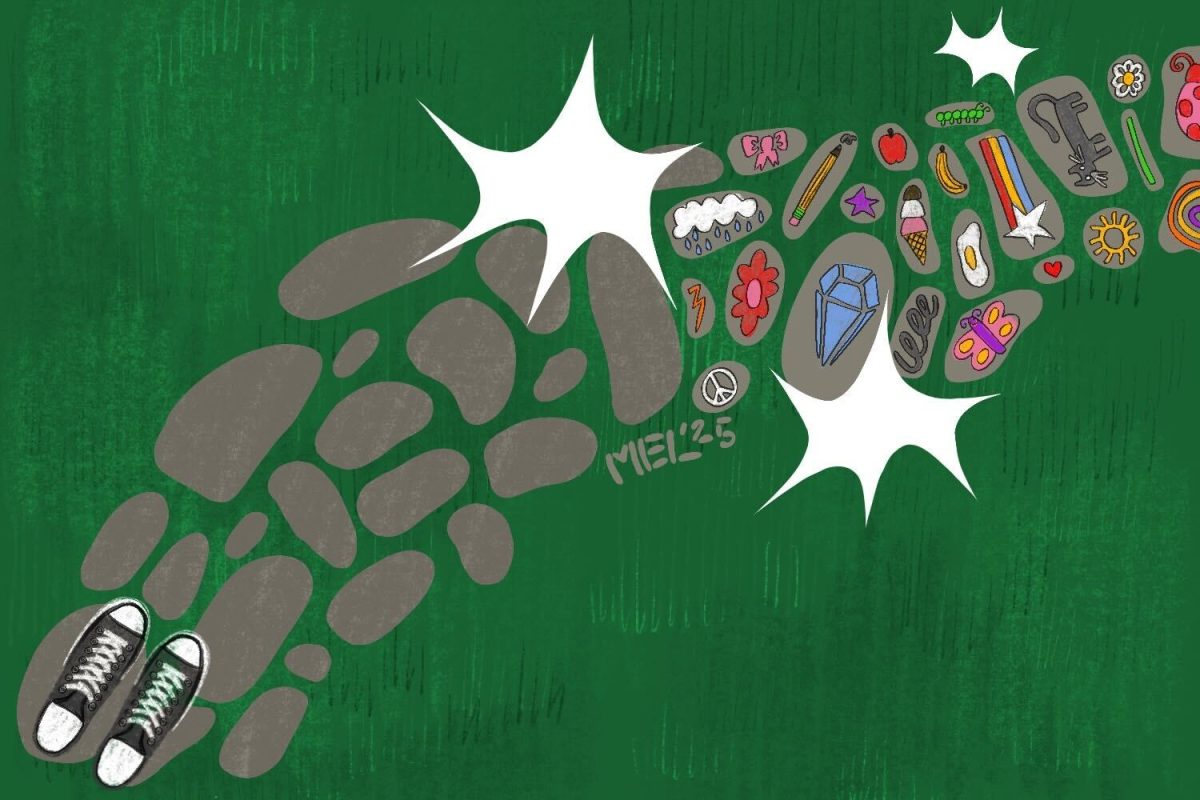

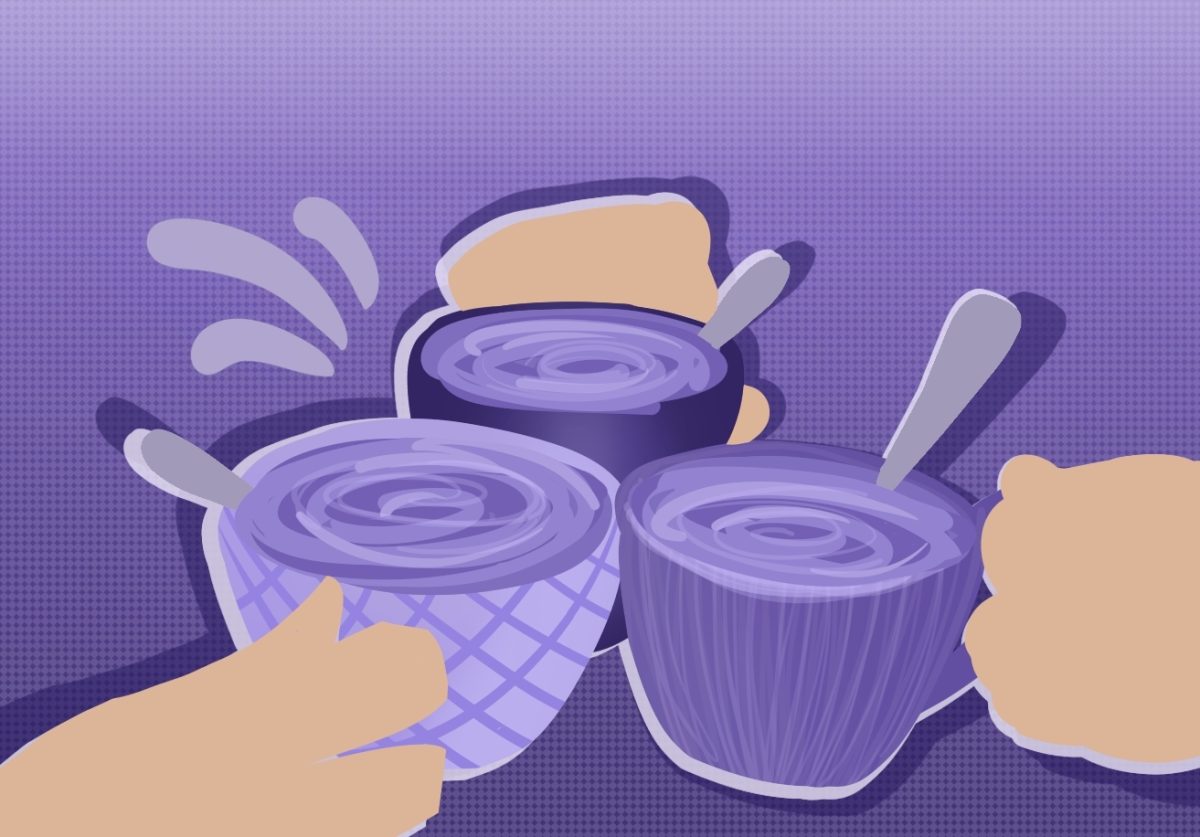


























David Aguilar • Feb 26, 2018 at 9:43 pm
Loved every line and how you noticed every family model in each movie. Cant wait for another flick critique.
Lily Lara • Feb 24, 2018 at 1:21 pm
Loved the critique! Great family oriented analysis! My favorites were The pursuit of happyness and Mrs. Doubtfire! ♡
Dora Aguilar • Feb 24, 2018 at 12:09 pm
Excellent analysis about the importance of the family bond. All these were very good choices to illustrate the point.